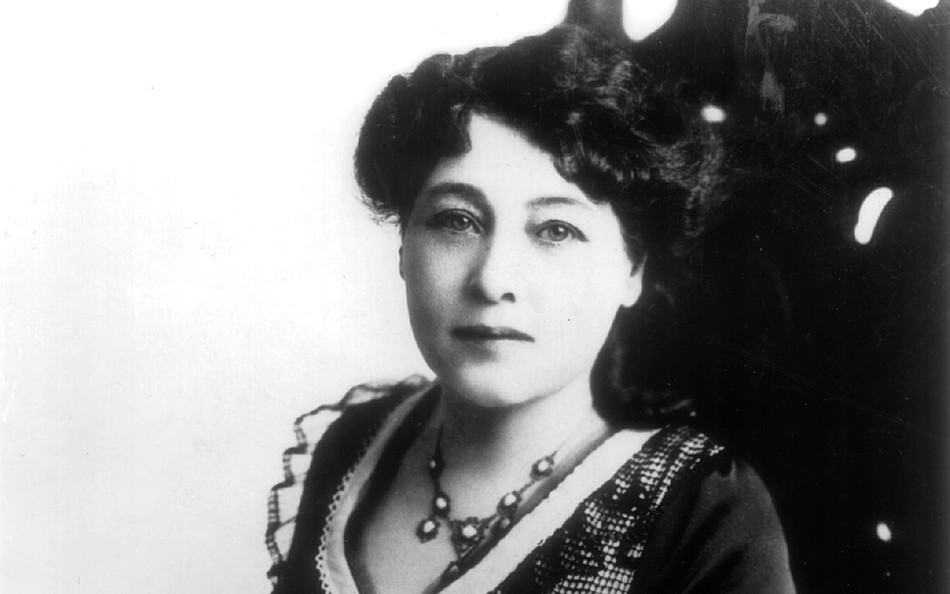Mention women in silent film and most people will think of “America’s sweetheart” Mary Pickford or flapper flirt Clara Bow. But what many movie fans might not realize is that during the silent-film era in the United States, which spanned the late 1890s to the late 1920s, women weren’t just stars. They were also directors, writers, editors, and stop-motion animators. They operated cameras, owned theaters, and distributed films. They even ran their own production companies. From 1907 to around 1920, when the movie world was centered in New York and Fort Lee, New Jersey, women held influential positions in every part of the industry.
Jane Gaines, a professor of film history at Columbia and a pioneer of feminist film theory, wanted to give these women a voice. As a visiting scholar at Vassar College in the 1990s, she reflected on the paucity of research on women directors and found that work on early women directors was even rarer. She and her students began amassing material from all over the globe on silent-era women and named this enormous effort the Women Film Pioneers Project (WFPP). By the time she came to Columbia in 2009, Gaines had enough pages to fill multiple volumes.
With that in mind, she met with Columbia’s Center for Digital Research and Scholarship, now the Digital Humanities Center, which is part of Columbia Libraries. Technology was allowing large printed documents to be reimagined online, where they could be revised and supplemented. “The libraries said, ‘Digital is the future of publishing,’” Gaines recalls. “And they agreed to publish the WFPP.” In 2013, the libraries launched the initial WFPP website, hosting what has become the premier database of women in silent film, with more than three hundred profiles written by film scholars worldwide, along with related essays and links to resources.
Recently, the WFPP celebrated its ten-year anniversary with a program at the Museum of Modern Art co-curated by Kate Saccone ’13SOA, who is WFPP’s project manager. Saccone chose women-driven silent films from Japan, China, Tunisia, Argentina, France, Germany, Russia, the US, and more. As a film-history student, she hadn’t known the extent of women’s involvement in the nascent industry. “That’s because I had never been taught,” Saccone says. “Jane and the WFPP really changed my worldview.”
At the WFPP you can learn about such figures as Alice Guy Blaché (1873–1968), the trailblazing French director who made her first film in 1896 (and who lectured at Columbia in 1917); Lois Weber (1879–1939), the first woman to direct a feature-length film (an adaptation of Shakespeare’s The Merchant of Venice, which she codirected with her husband in 1914) and a leading auteur of early Hollywood, best known for The Blot (1921); Pearl White, an action hero who did many of her own stunts and would dangle from the New Jersey Palisades in Fort Lee, where she staged her famous “cliffhangers”; and Frederica Sagor Maas (1900–2012), who studied journalism at Columbia in 1917, got a job as a story editor at Universal Pictures, and cowrote The Plastic Age (1925) for Clara Bow.
The WFPP has unearthed many Columbia connections to the subject, both pedagogical and geographical. Gaines notes that the Katharina Otto-Bernstein Screening Room at Columbia’s Lenfest Center in Manhattanville is just a block from the ferry that took New Yorkers to the studios of Fort Lee — Fox, Universal, Selznick, Goldwyn, and others — where women, who would not be allowed to vote in a federal election until 1920, set about creating a world in their own image.
This article appears in the Spring/Summer 2024 print edition of Columbia Magazine with the title "Reel Equality."



